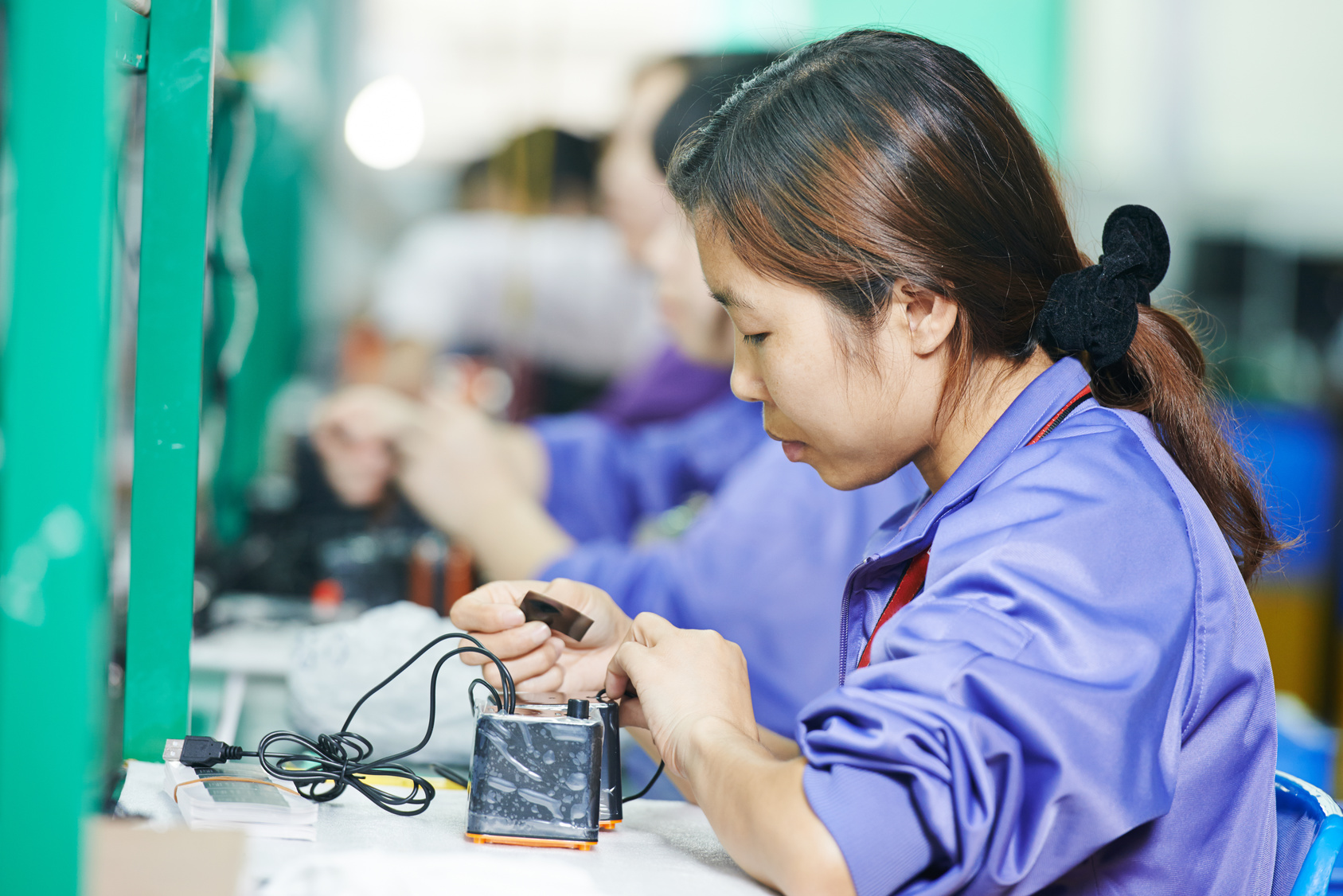I’m often asked why consumer tech products can’t be made in this country. In fact, with Trump’s tariff wars, more and more companies are being pressured to look for local manufacturing. I’ve always been skeptical, having worked on more than a hundred consumer tech products over my career, mostly manufactured in Asia, including Japan, Taiwan, Korea, and China. Few companies in this country have the experience, knowledge, and resources to compete. And that’s before considering the cost and time to market advantages of Asia.
I recently had a chance to test this assumption, really hoping that I could prove myself wrong, thinking perhaps I’ve missed changes to US manufacturing over the years. Just maybe things have changed as new companies have emerged from crowdfunding campaigns looking for domestic manufacturers.
A friend asked for help to find a local (Southern California) manufacturer for his client that was building a couple of ruggedized consumer products that involved optics, displays and electronics. They needed to find a manufacturer within a few hours’ drive to take the product from a mature prototype into manufacturing and build a few thousand at a time. It was the beginning of a new line of products for the profitable company that represented about a half million dollars in business per year, likely doubling in year two.
I followed the process that I had used in the past, mostly just common sense: Profile the kind of company we wanted with regard to experience, size of business, skill set, and ideally developing similar products. I identified ten candidates by checking business directories, trade show exhibitions and websites. I then sent a personal email to each with an introduction, explaining the opportunity, what we were searching for, the type of product we wanted to build, and the size of our business. In return, I asked each company to tell us about themselves: how they manage a product introduction, describing any relevant experience, and how do they charge for their services.
The email also was a test to see how quickly they responded and communicated – whether they addressed the questions asked and to evaluate their answers. Our intent was to look at the responses, narrow down the list to about 4 or 5 companies, and then visit each to provide more details and see their facilities.
But something strange happened. Of the ten companies we contacted, we only heard from three by the end of two weeks. Of the three, none answered the list of fairly innocuous questions, and, instead simply provided us their sales deck.
When I’ve done this with Chinese companies, if I had contact ten, I’d usually hear from them all within a couple of days, even from those that were not interested, to thanks me for reaching out.
I never expected to get this result. So, I called those that never responded at the two-week mark and tried reaching the appropriate salesperson. (Many of the contact emails on their websites were simply info@ or sales@ the company.) Of those I reached, three said they were not interested, one recalled receiving my email, but assumed it was a spam mail, explaining he gets a lot of them. I asked why he never tried calling me at the phone number provided, and he didn’t have a good answer. Of the others, I left messages but never heard back.
As hard as I looked, it was hard to find a company that builds consumer electronic products, from the circuit board to the finished product. And it was equally hard to find anyone that wanted to engage at any level. In our case, most of the mechanical and optical parts would come from China and be provided by the client. But few of these companies had much experience building a product for consumers and some were reluctant to even work with Chinese suppliers.
What’s the lesson? It’s hard if not impossible to find a company to build the kinds of products we depend on China to do. I’m sure there still are some out there, perhaps in another part of our country. But of those I surveyed, not only do most not have the skill, but they seem to have no interest and have little initiative to engage in this opportunity.
I also found after visiting several, that much of our manufacturing industry here is building electronic assemblies for companies that do business with government and military products. They follow a set of rules that add complexity and a lot of process when they take on new customers and products. Time to market is rarely a consideration as it is with consumer products. That makes our industrial base unsuited for many of the products that are built in China, where they are close to the source of the parts, have the relationships with their suppliers, and time to market is so important. But most disappointing was the fact that I found our manufacturing industry to be lacking in the skills we get from China manufacturers: excellent communications, strong initiative, risk taking, and a hungriness for business.

There is some nice and utilitarian information on this site.
There is some nice and utilitarian information on this site.
Thank you for great content. I look forward to the continuation.